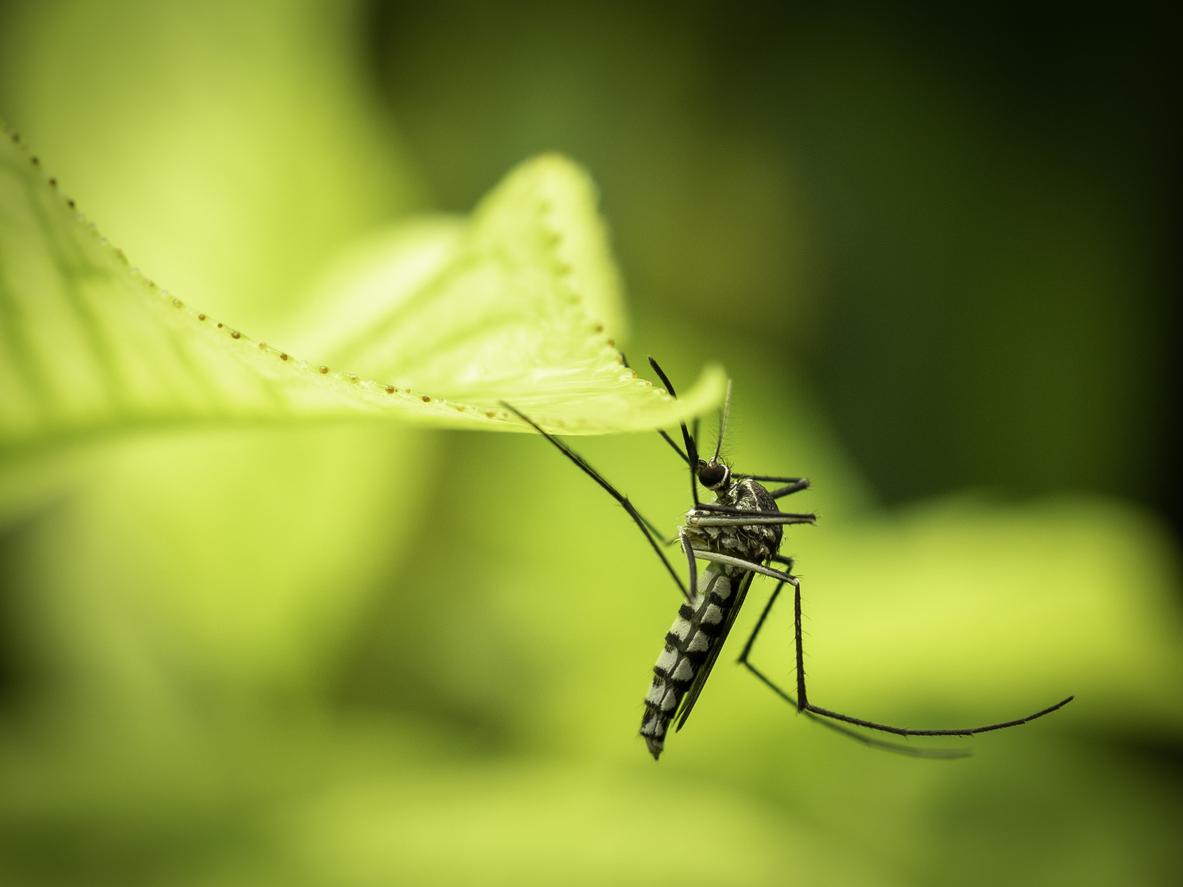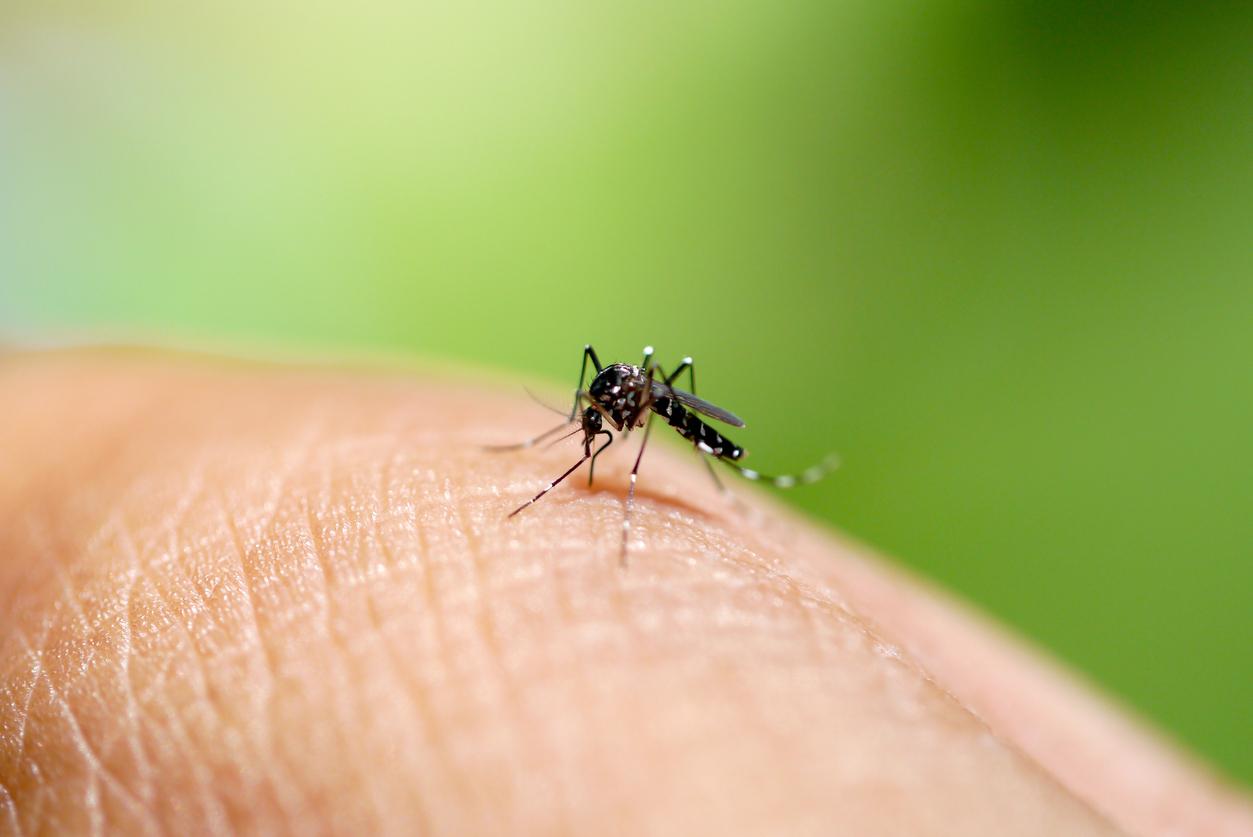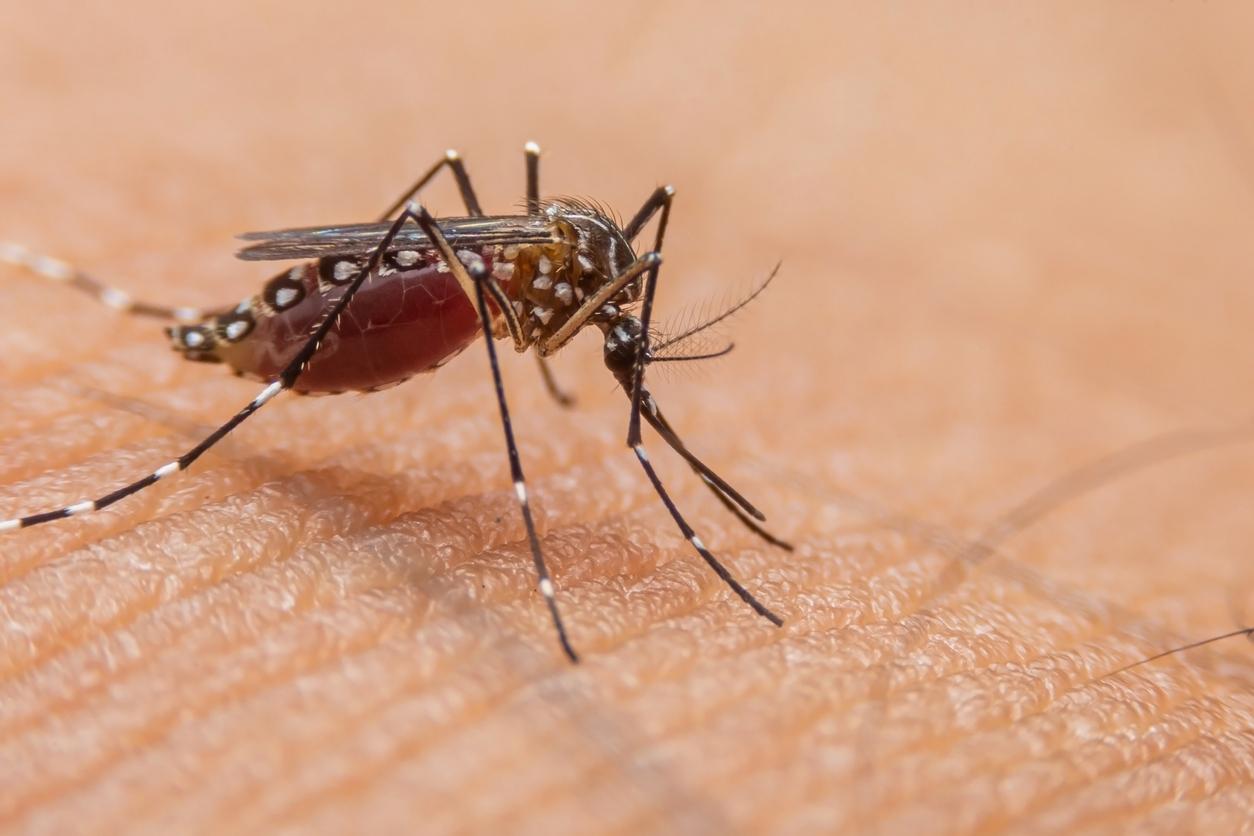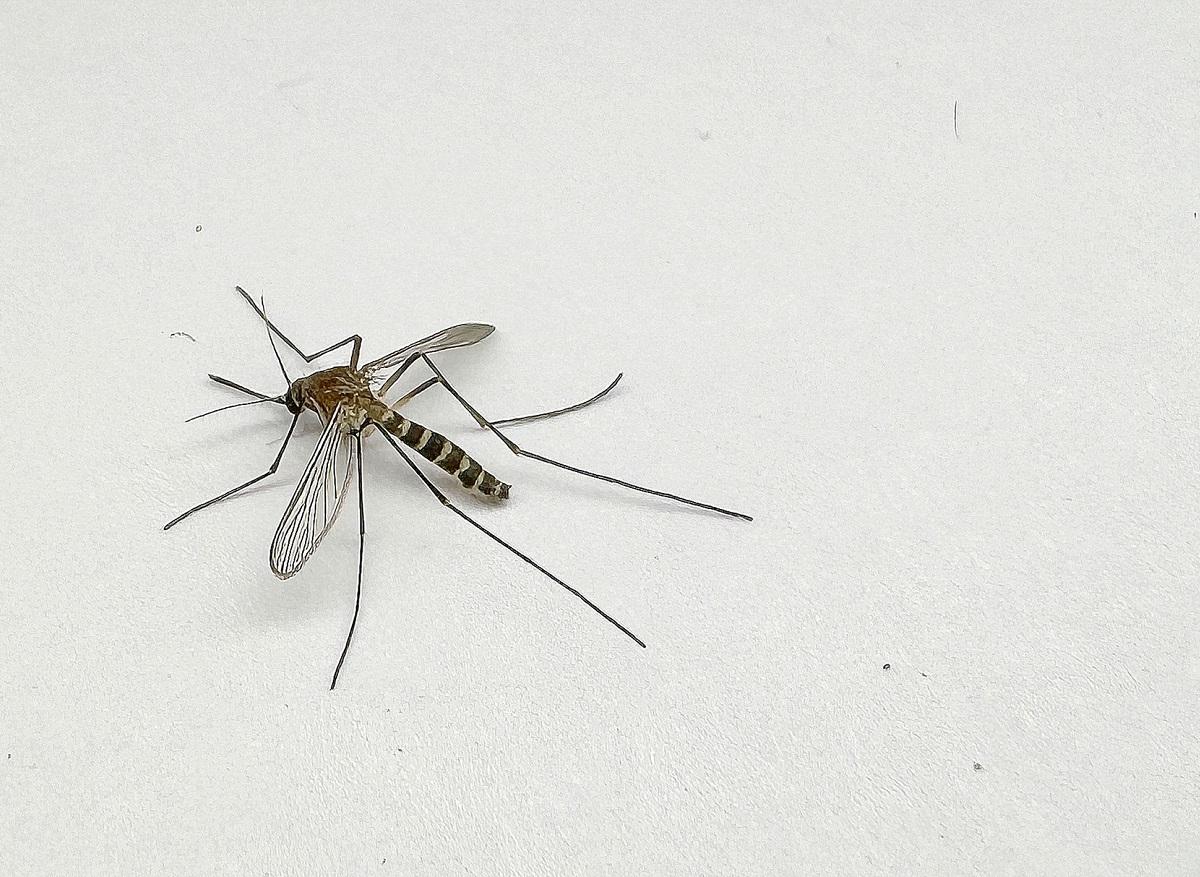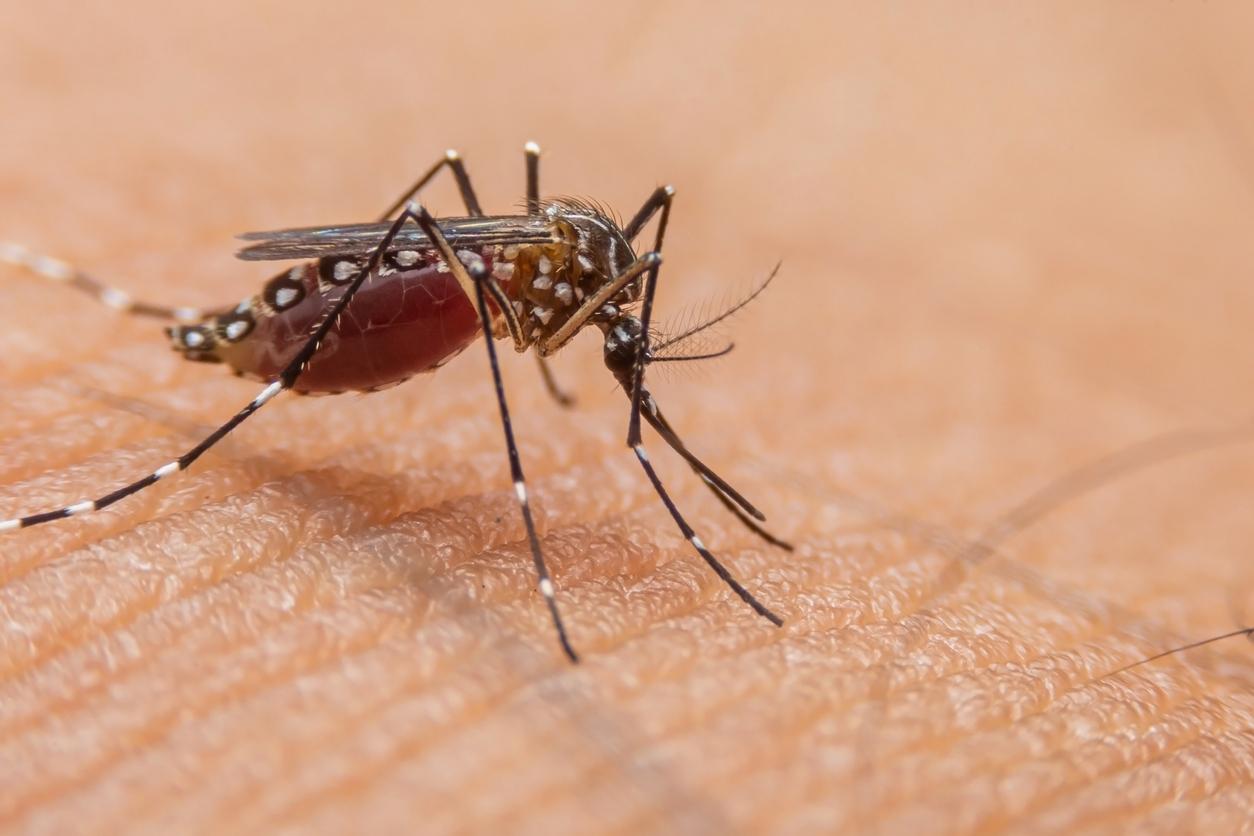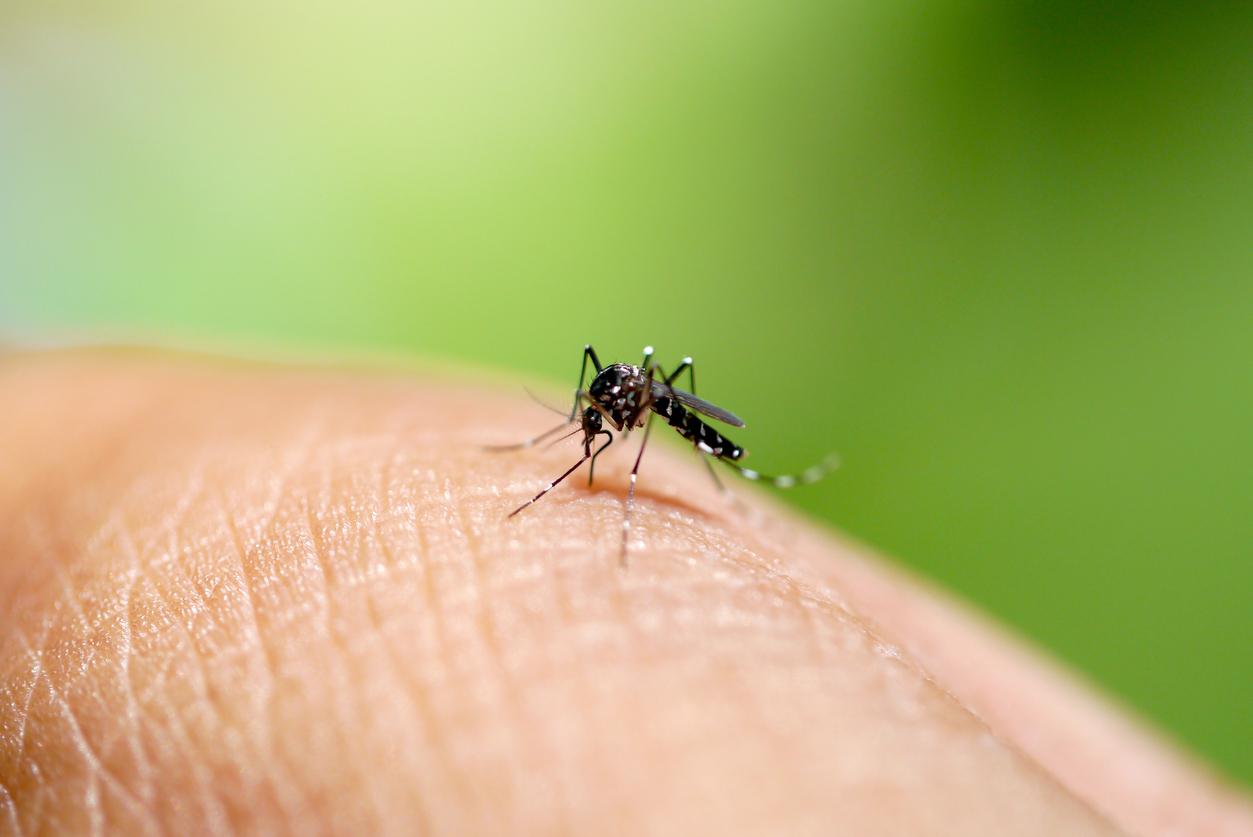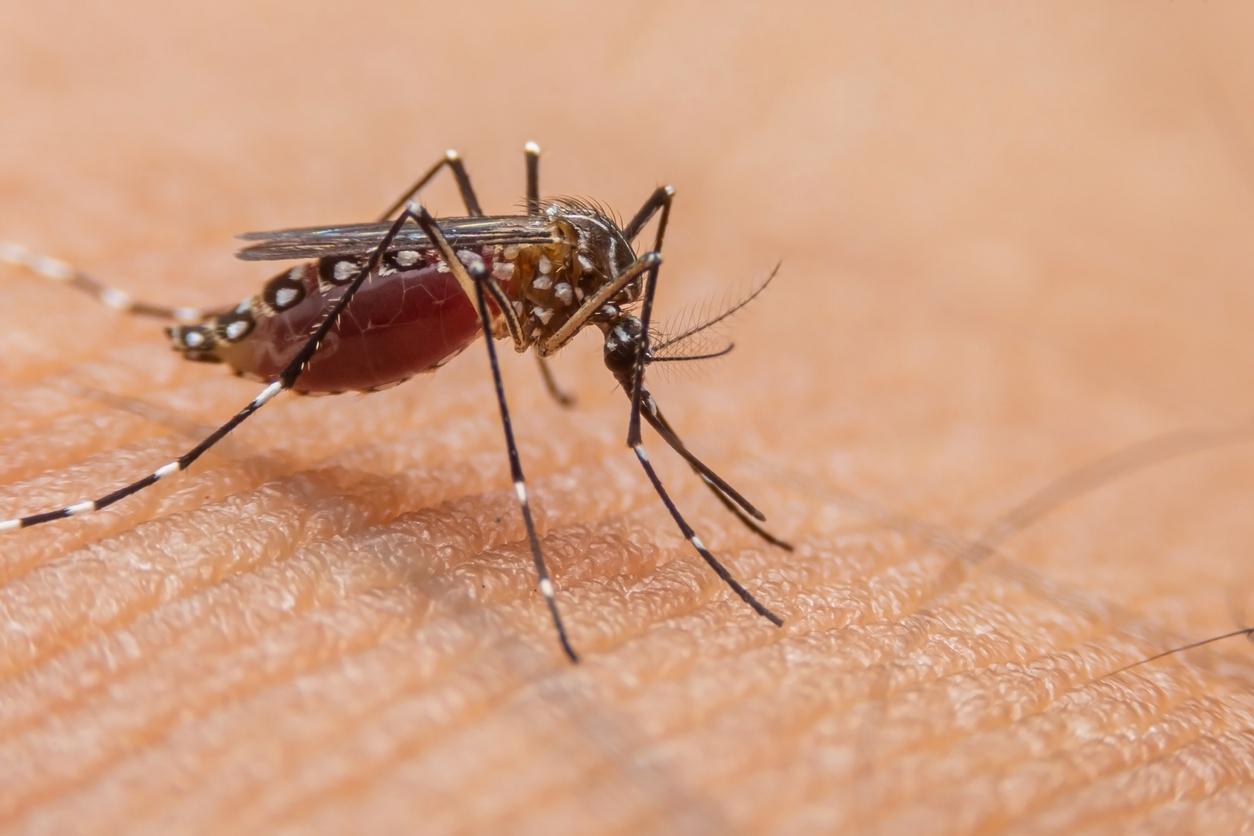
Calvados: Falaise hospital must compensate a family and the CPAM after the birth of a severely disabled baby
The Falaise hospital (Calvados) was convicted of misconduct on Wednesday by the administrative court of Caen following the fact that a medical team had not noticed “high risk” abnormalities visible on the cardiac recordings of a baby in 2009. The institution must pay more than 500,000 euros to the family of the child who has since been living with severe neurological sequelae and to Health Insurance. Now eight years old, the child is severely disabled and suffers from cerebral palsy. He cannot move, feed or dress on his own and needs assistance for at least eight hours a day. His mother had to move next to the “Honorine lève-toi” center in Bayeux, where he has cognitive education sessions. More info in our article.
Cardiac arrest: as in Paris, the SAMU de Lyon now practices cardiopulmonary bypass
ECMO (Extra Corporeal Membrane Oxygenation) is a CEC (extracorporeal circulation technique) technique allowing to compensate for cardiac and / or respiratory failures by ensuring the necessary circulatory flow in the body and oxygenation of the brain. In short, one of the most revolutionary techniques for rescuing patients in cardiac arrest with a favorable neurological prognosis. Long used in operating theaters, it finally fell into the hands of emergency physicians in 2012. At the time, the Paris SAMU teams were the first to be trained to use this CEC technique on an outpatient basis, i.e. directly on field. To find out more, click here.
Dengue epidemic in Réunion: what are the health risks?
“After an unusual circulation of the virus during the austral winter of 2017, the number of dengue cases has gradually increased (in Reunion, editor’s note) since the beginning of 2018, with an intensification in February”, announced this Thursday Public Health France. Nearly 1,300 cases have been identified in the north, west and south of the island. Dengue, also called “tropical flu”, is a tropical hemorrhagic fever linked to an arbovirus, transmitted by a mosquito of the genus Aedes. The World Health Organization (WHO) estimates the number of annual cases in the world at 50 million, including 500,000 cases of “hemorrhagic” dengue, ie which are fatal in more than 2.5% of cases. . Dengue is initially present in the tropics and subtropics of the world. Find our article.
.









